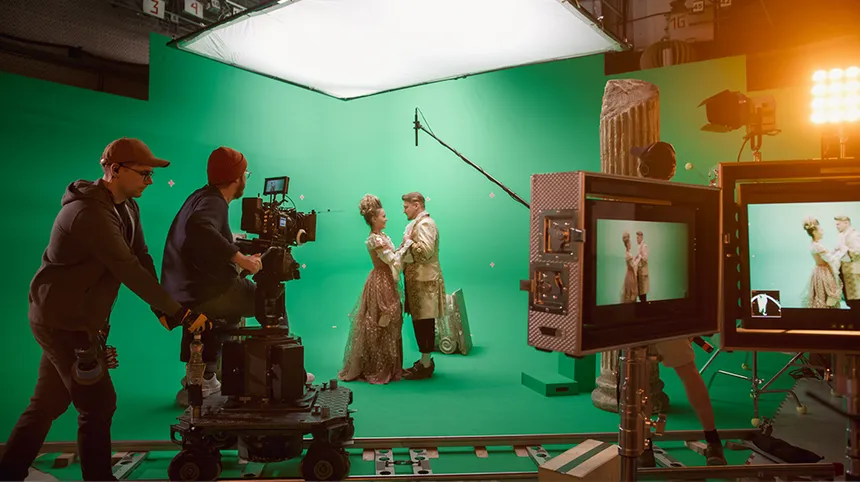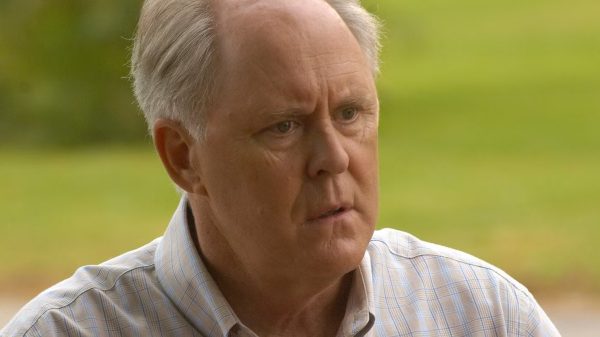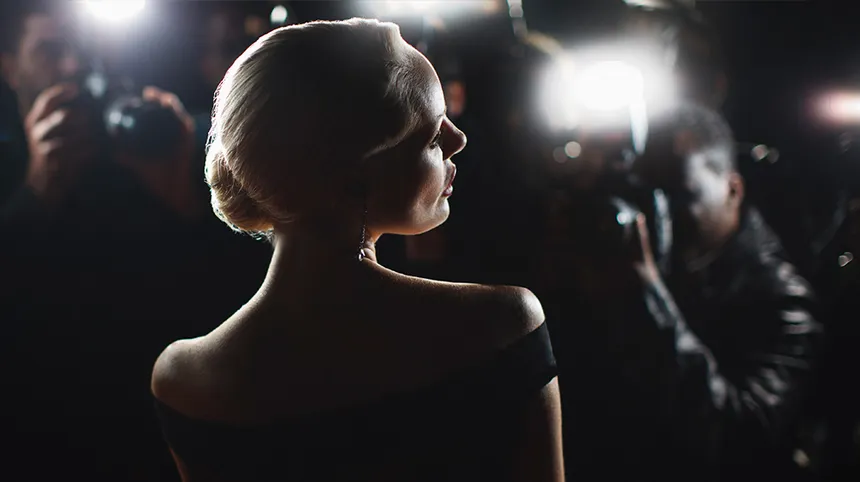The Golden Age of Hollywood, spanning from the late 1920s to the late 1960s, stands as a pivotal era in cinematic history. Defined by the dominance of the studio system, it saw the rise of blockbuster movies, the emergence of iconic stars, and unprecedented financial success.
The studio system, centered around the “Big Five” and “Little Three” studios, controlled all aspects of film production, from star talent to distribution and exhibition. This control ensured financial success, but also stifled creativity, enforcing genre specialization and tightly controlling the lives of actors under exclusivity contracts.
The Golden Age witnessed the creation of countless classic movies like “Gone With the Wind” and “The Wizard of Oz,” charming audiences with their dazzling Technicolor cinematography and charming narratives. Stars like Audrey Hepburn and Marilyn Monroe became household names due to the star system, which molded them into idealized personalities.

Studio System (Via IMDB)
However, the studio system’s dominance was not without its challenges. Antitrust lawsuits, rising production costs, and the rise of television contributed to its eventual demise. The system officially ended in the 1950s, paving the way for a new era of filmmaking characterized by greater independence and creative freedom.
Despite its limitations, the Golden Age remains a testament to the unparalleled ingenuity and technical advancements of Hollywood. A testament to the human desire for escapism and the power of storytelling, its legacy continues to inspire generations of filmmakers and moviegoers alike.
























